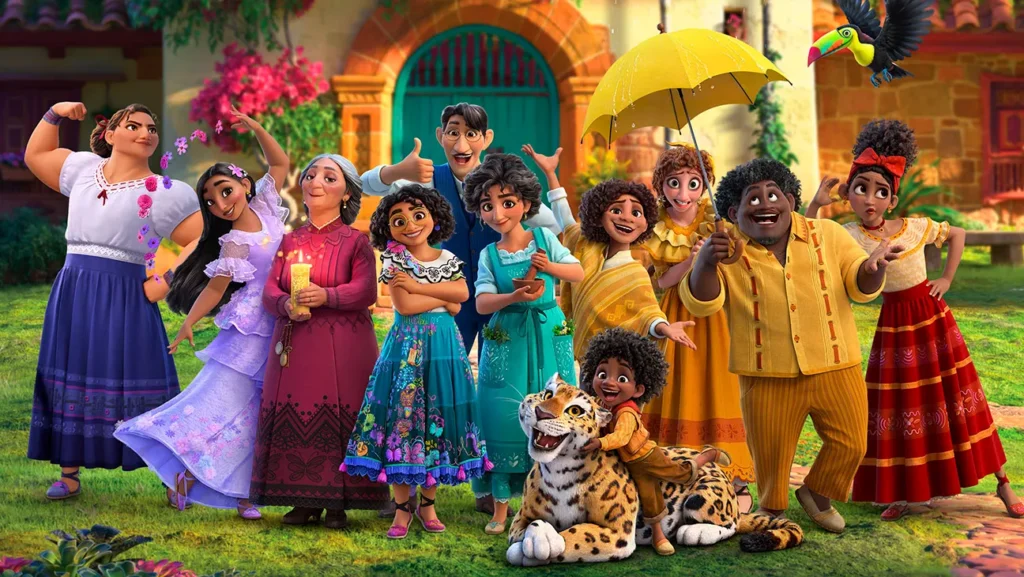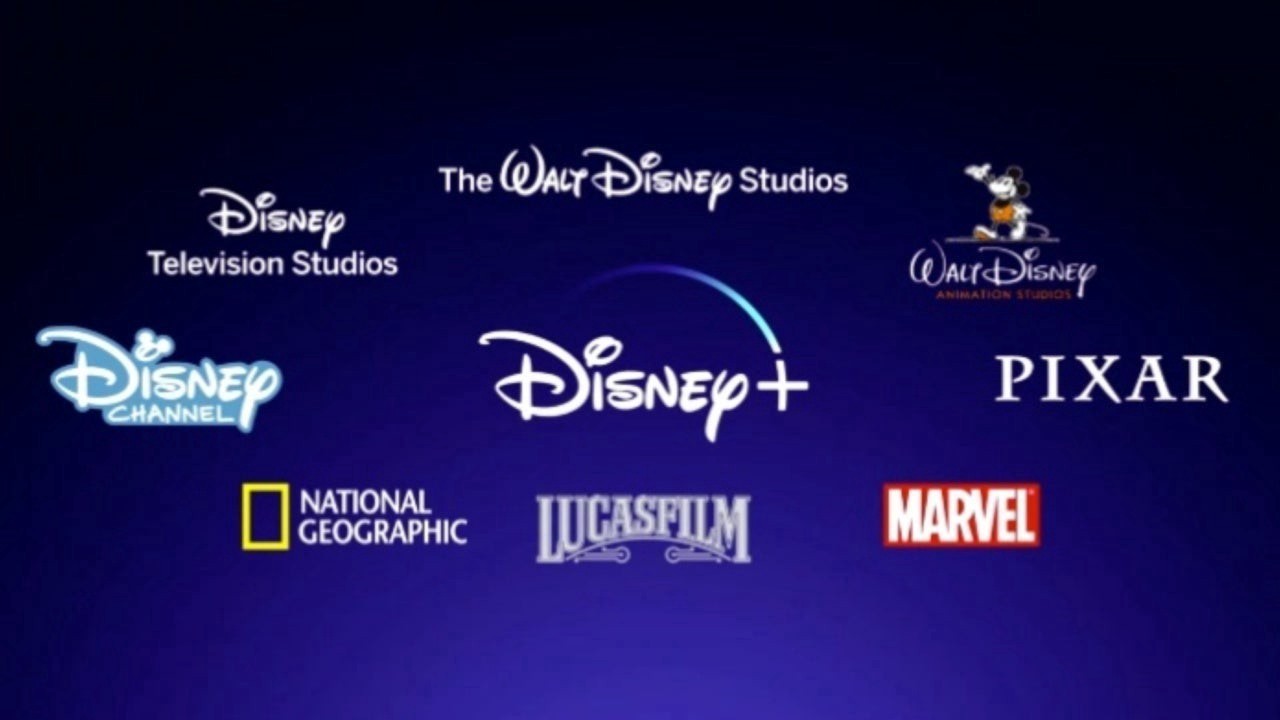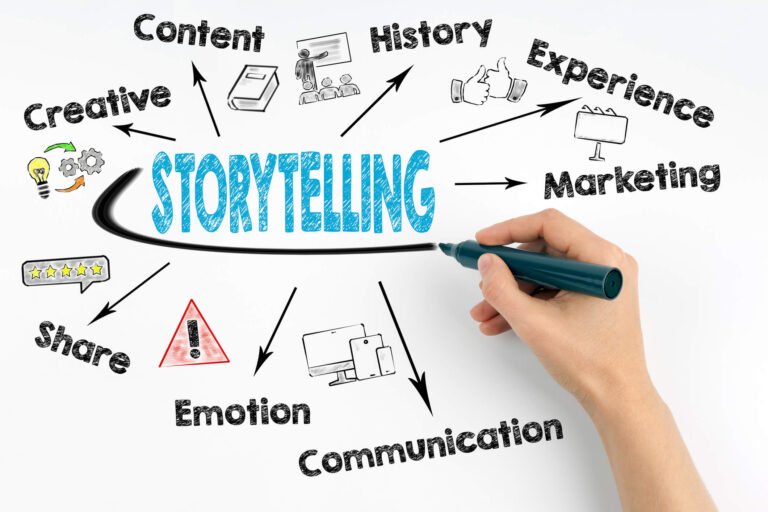How Disney’s Brand Communication Strategy Handles Shifts in Consumer Expectations
Staying Ahead of the Curve: Disney’s Brand Communication Strategy in a Changing World
In an ever-evolving cultural landscape, staying relevant to audiences while upholding a storied legacy is no small feat. Disney, a household name synonymous with storytelling magic, has mastered the art of adapting its brand communication strategy to align with shifting consumer expectations. As priorities pivot toward inclusivity, sustainability, and diverse representation, Disney’s approach offers valuable insights into how brands can innovate without losing their core identity. This blog explores how Disney continuously transforms its messaging and branding to resonate with today’s audiences, offering lessons for businesses aiming to do the same.
The Changing Consumer Landscape
Consumer expectations are higher than ever, shaped by global movements for equality, environmental responsibility, and authentic representation. Millennials and Gen Z audiences, in particular, demand that the brands they support take a stand on social issues and reflect their values. For a brand as iconic as Disney, the stakes are even higher. Balancing tradition with progress requires not only awareness but a well-executed communication strategy that embraces change without alienating a loyal fan base.
Messaging That Reflects Inclusivity

Disney’s recent content initiatives highlight its commitment to inclusivity. For instance, the live-action remake of The Little Mermaid features Halle Bailey as Ariel, marking a significant step in diversifying on-screen representation. While the casting choice sparked discussions online, Disney’s communication strategy emphasized the importance of representation and staying true to the heart of its stories. By directly addressing feedback—both positive and critical—Disney demonstrated its readiness to engage with its audience authentically.
This commitment extends to its theme parks as well. The company recently redesigned the iconic Splash Mountain ride to feature characters from The Princess and the Frog, a film celebrated for its African-American heroine. The change reflects Disney’s willingness to evolve while preserving the nostalgia that defines its parks. Such strategic pivots not only address modern values but also ensure the brand remains a leader in cultural relevance.
Sustainability at the Core
Sustainability has also become a cornerstone of Disney’s brand communication strategy. The company has implemented initiatives to reduce its environmental impact, including its ambitious goal to achieve net-zero greenhouse gas emissions by 2030. In its resorts, Disney has introduced renewable energy projects, eliminated single-use plastics, and developed sustainable food programs. These efforts are communicated through compelling storytelling, reinforcing the brand’s dedication to protecting the planet for future generations—a message that resonates deeply with eco-conscious consumers.
Disney’s storytelling prowess enables the company to weave sustainability into its narrative seamlessly. For example, the Disney Conservation Fund highlights global environmental efforts through relatable, family-friendly content that connects audiences to the cause emotionally. By aligning its sustainability goals with its overarching mission of creating magic, Disney inspires trust and loyalty among its audience.
Diversifying Content for Global Audiences
As a global brand, Disney recognizes the importance of creating content that reflects the diverse cultures and identities of its audience. The Disney+ platform has been instrumental in this regard, offering original series and films that cater to varied demographics. Productions like Ms. Marvel, which celebrates South Asian culture, and Encanto, a tribute to Colombian traditions, showcase Disney’s commitment to telling stories that reflect the world’s rich tapestry.

Disney’s communication strategy leverages these projects to build connections with underrepresented groups while reinforcing its image as a forward-thinking brand. By promoting these stories across its marketing channels and engaging directly with communities, Disney ensures its efforts resonate beyond the screen.
Lessons for Brands: The Disney Approach
Disney’s ability to adapt its brand communication strategy offers actionable insights for other organizations:
- Embrace Change with Authenticity: Address societal shifts openly and authentically. Like Disney, align messaging with your core values to maintain credibility.
- Engage with Audiences Directly: Monitor feedback and participate in conversations. Disney’s response to discussions around its casting and content decisions demonstrates the power of transparency.
- Prioritize Sustainability: Showcase your commitment to environmental responsibility through measurable goals and storytelling.
- Celebrate Diversity: Represent diverse perspectives in your messaging and product offerings. Ensure these efforts are integrated into your brand identity, not treated as afterthoughts.
- Tell a Story: Leverage the power of storytelling to connect emotionally with your audience and build long-term loyalty.
Creating Magic in a Changing World
Disney’s success lies in its ability to anticipate and respond to changing consumer values while staying true to its mission of creating wonder and joy. By prioritizing inclusivity, sustainability, and diversity, Disney exemplifies how a brand can evolve without losing its essence. Businesses across industries can draw inspiration from Disney’s strategic approach, using communication as a tool to stay relevant and connected in a rapidly changing world.
As Disney continues to innovate, its brand communication strategy serves as a masterclass in how to thrive amidst change. By embracing these principles, your brand can build a legacy that’s not only enduring but also deeply meaningful to your audience.
Mark Kaley is the author of the book “From Pennies to Millions” and the PR Manager with Otter Public Relations. He has been featured in Forbes, Fox Business, Authority Magazine, Modern Marketing Today, PR Pioneer, Market Daily, O’Dwyer PR, DKoding, and Consumer Affairs. Mark is also a contributor with Hackernoon, you can view his contributor profile here.






